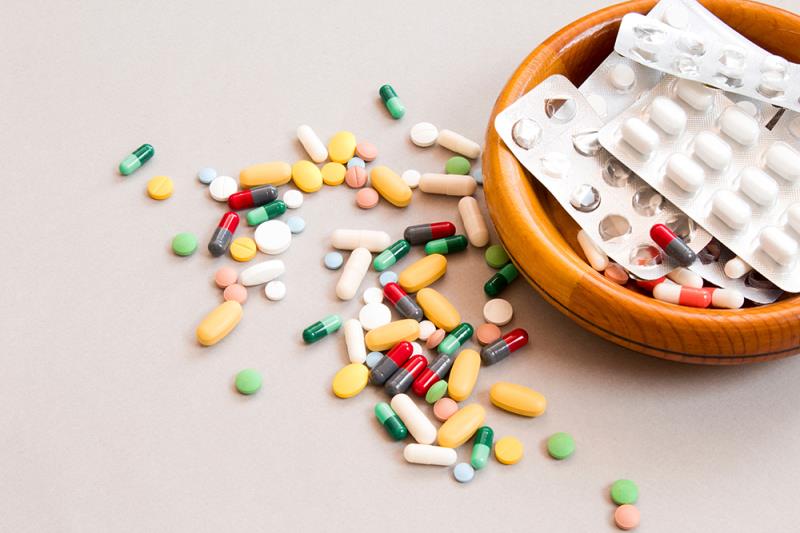Content:
Overview
Content on this page:
Overview
Content on this page:
Overview
Overview
Growth hormone deficiency (GHD) in adults reflects an absence of two hormones, growth hormone and insulin-like growth factor-1, affecting the process of glucose-insulin metabolism, lipolysis and bone remodelling.
Signs and symptoms include decreased lean body mass and increased fat mass, dyslipidemia, insulin resistance, vascular endothelial dysfunction, reduced left ventricular mass, impaired systolic function, reduced sweating, impaired quality of life, lack of vigor, emotional lability (eg depressed mood/affect)Feeling of social isolation, decreased exercise capacity, reduced bone density and increased risk of fracture, and osteopenia.
Diagnosis of GHD is based on subnormal GH secretion in response to a stimuli.
Somatropin is a synthetic polypeptide human growth hormone of recombinant deoxyribonucleic acid (DNA) origin.
For further information regarding the management of Growth Hormone Deficiency, please refer to Disease Algorithm for the Treatment Guideline.
Signs and symptoms include decreased lean body mass and increased fat mass, dyslipidemia, insulin resistance, vascular endothelial dysfunction, reduced left ventricular mass, impaired systolic function, reduced sweating, impaired quality of life, lack of vigor, emotional lability (eg depressed mood/affect)Feeling of social isolation, decreased exercise capacity, reduced bone density and increased risk of fracture, and osteopenia.
Diagnosis of GHD is based on subnormal GH secretion in response to a stimuli.
Somatropin is a synthetic polypeptide human growth hormone of recombinant deoxyribonucleic acid (DNA) origin.
For further information regarding the management of Growth Hormone Deficiency, please refer to Disease Algorithm for the Treatment Guideline.



